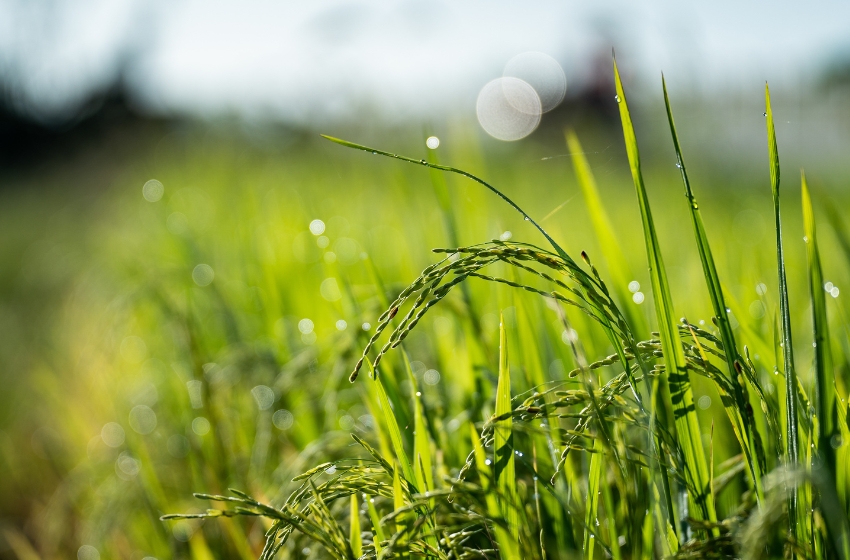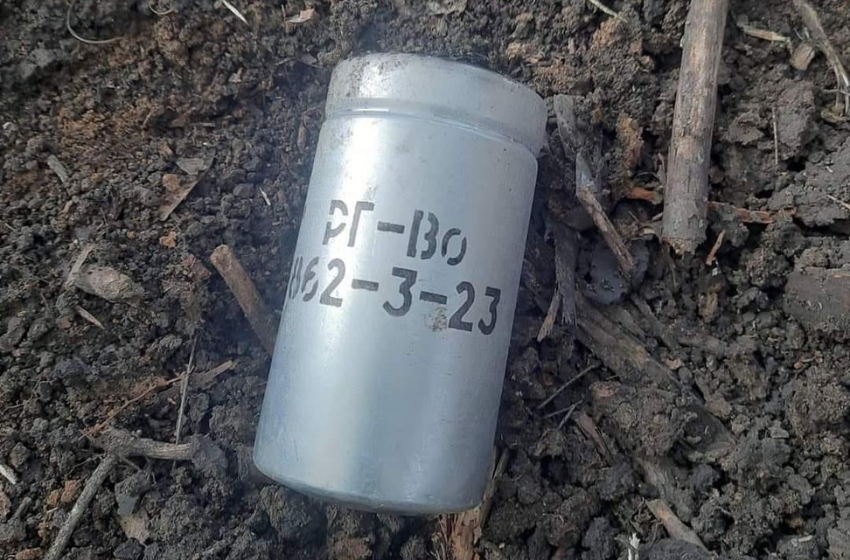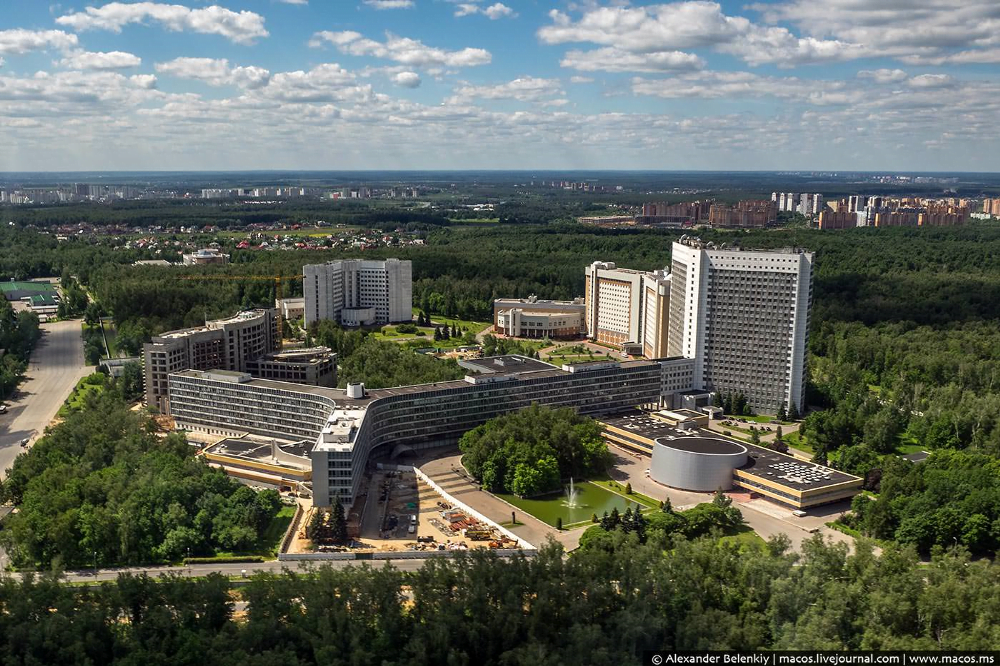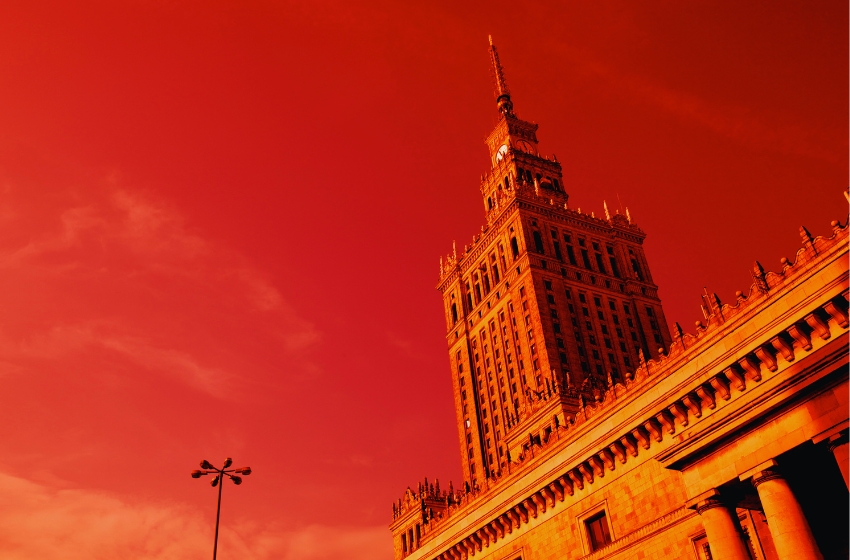April was marked by two powerful frost waves, among the strongest in recent decades, as reported by Tetiana Adamenko, head of the Agro-Meteorology Department at the Ukrainian Hydrometeorological Center.
The frosts were dangerous not only due to low temperatures but also because of their prolonged duration.
"In the first wave, which occurred amid very low average daily temperatures, in some regions, daytime temperatures did not rise above zero — and this lasted for two days," said Adamenko.
The second wave of frosts began on April 26. While daytime temperatures were warmer, nighttime temperatures dropped to critical levels. For example, in Baryshivka, Kyiv region, a meteorological station recorded -11°C at a height of 2 cm.
"Frosts were evenly spread across Ukraine. For instance, in Rivne and Dnipropetrovsk regions, they lasted 10-12 days, in the south — up to 14 days. In the Odessa region — about 10 days. There, garden and berry crops were damaged. In the first wave, apricots were affected, while in the second wave, other stone fruits that had not yet bloomed were damaged," Adamenko noted.
At the same time, the degree of damage depended on the configuration of orchards and fields, as well as the proximity to bodies of water, which mitigated the harmful effects of the frost, and the use of protective measures.

Regarding winter cereals, Adamenko said there was some damage, but it was not critical. According to monitoring data from the Hydrometeorological Center's agro-meteorology department, leaf whitening and tip damage were recorded, but the plants may recover if the period remains cool and moist.
"There's cool weather, but unfortunately, no moisture. The upper soil layer is dry, and the air has very low relative humidity. This significantly increases stress for the crops," Adamenko said.
The most damage, according to her, was to rapeseed — during its blooming phase, which is particularly vulnerable to low temperatures.
"Winter cereals, however, did not reach the critical phases during the frost — there was no ear formation, no blooming. So, I think winter crops will be fine," Adamenko concluded.





















